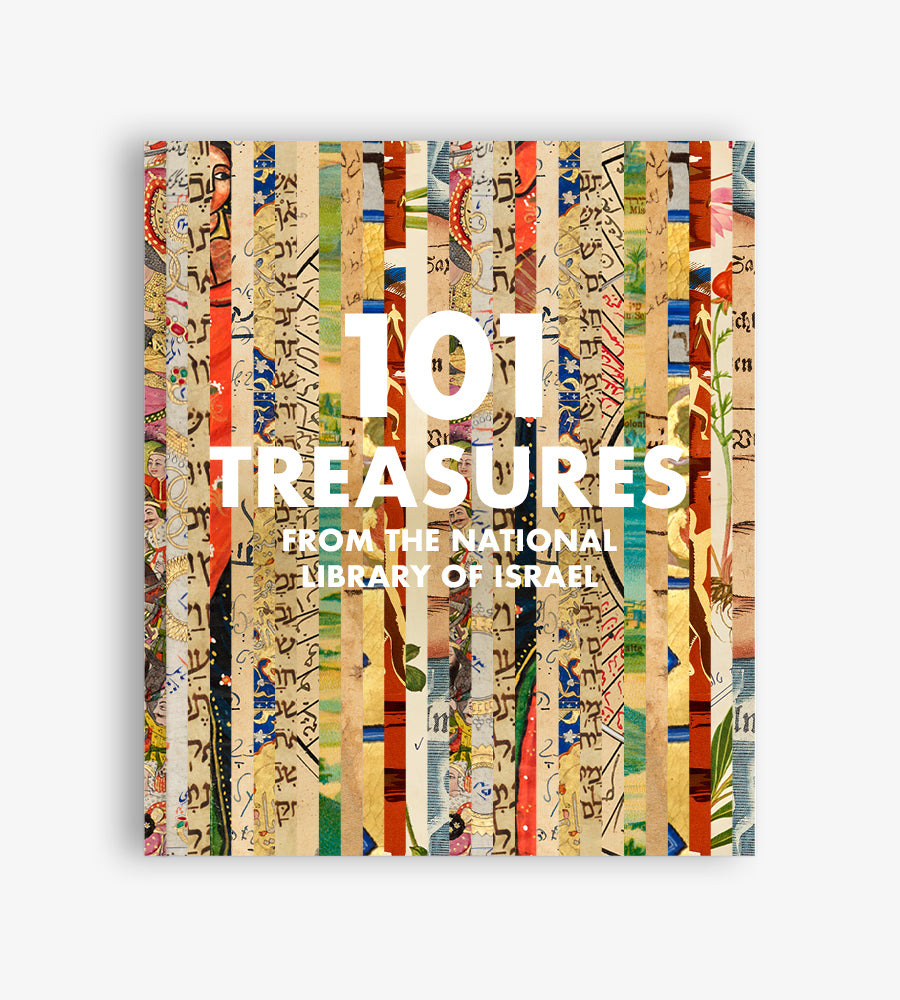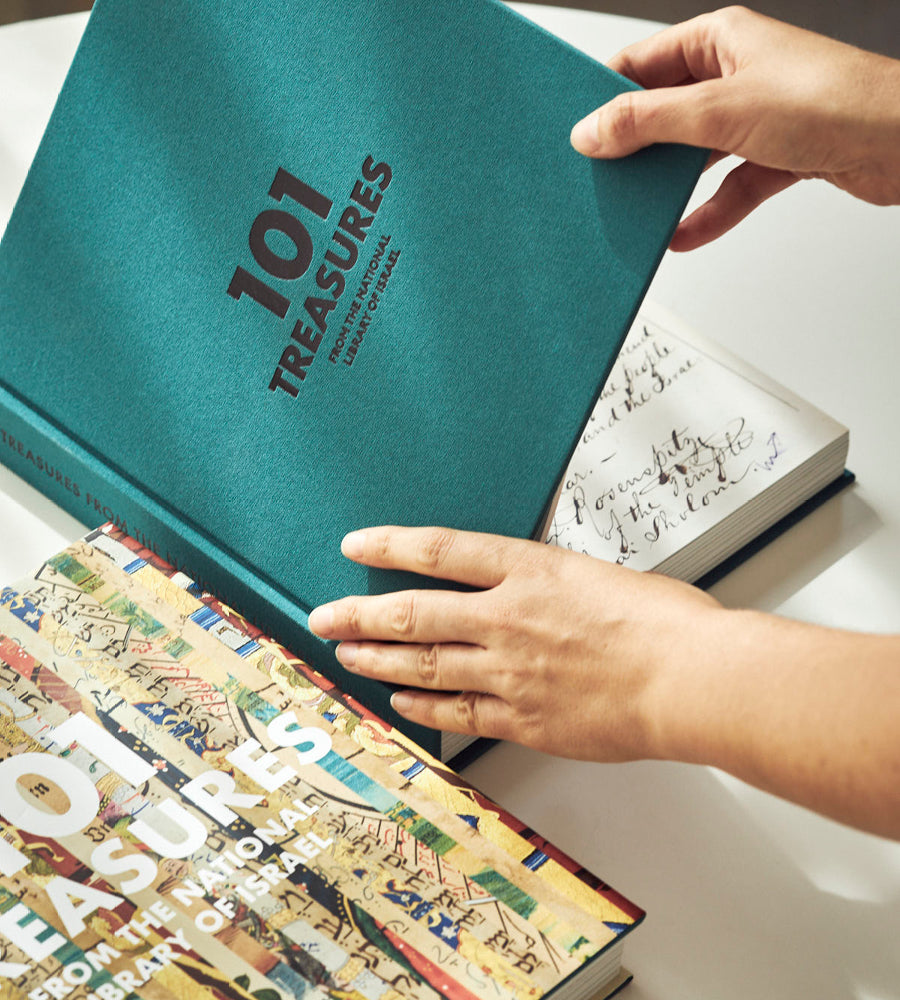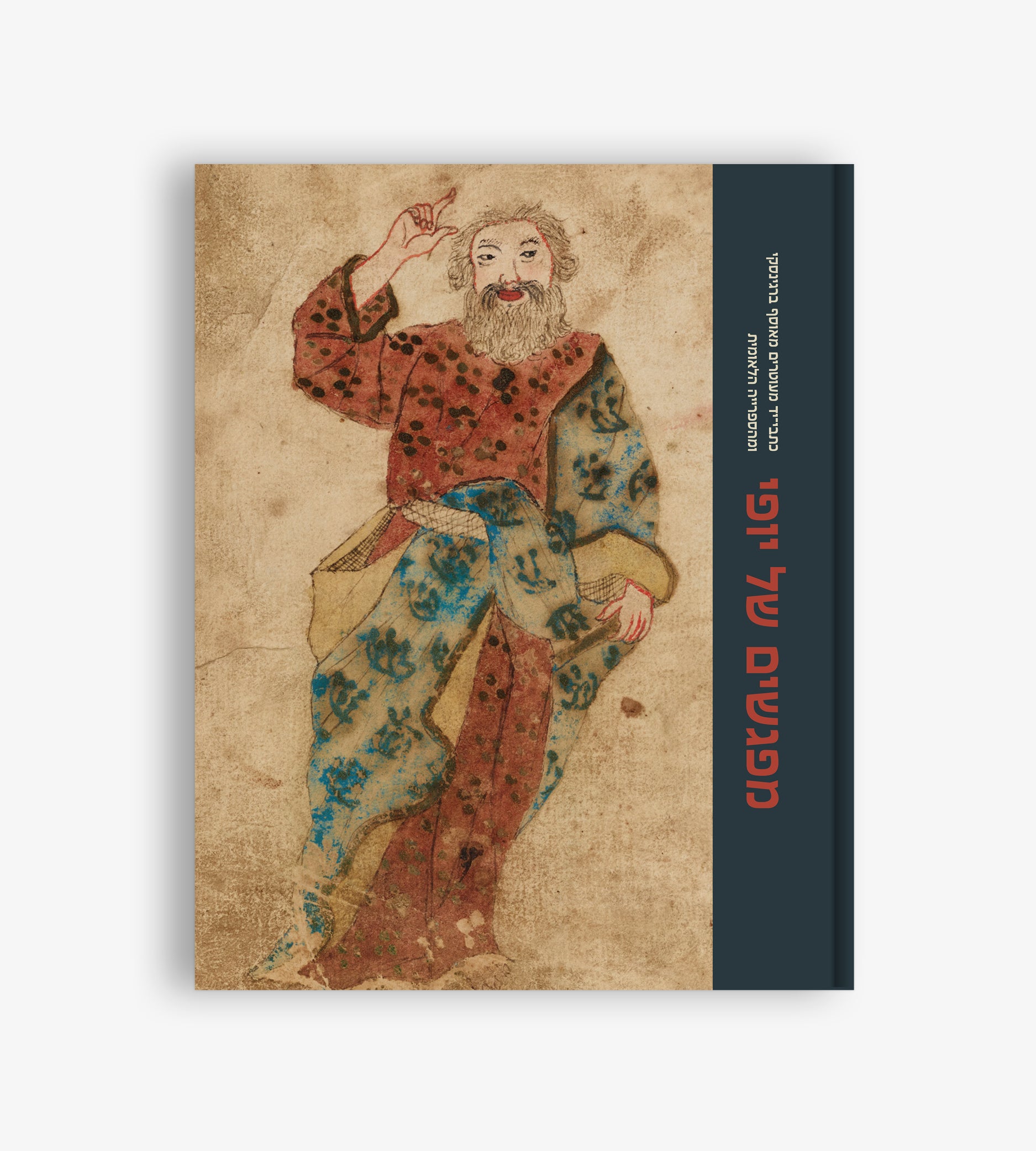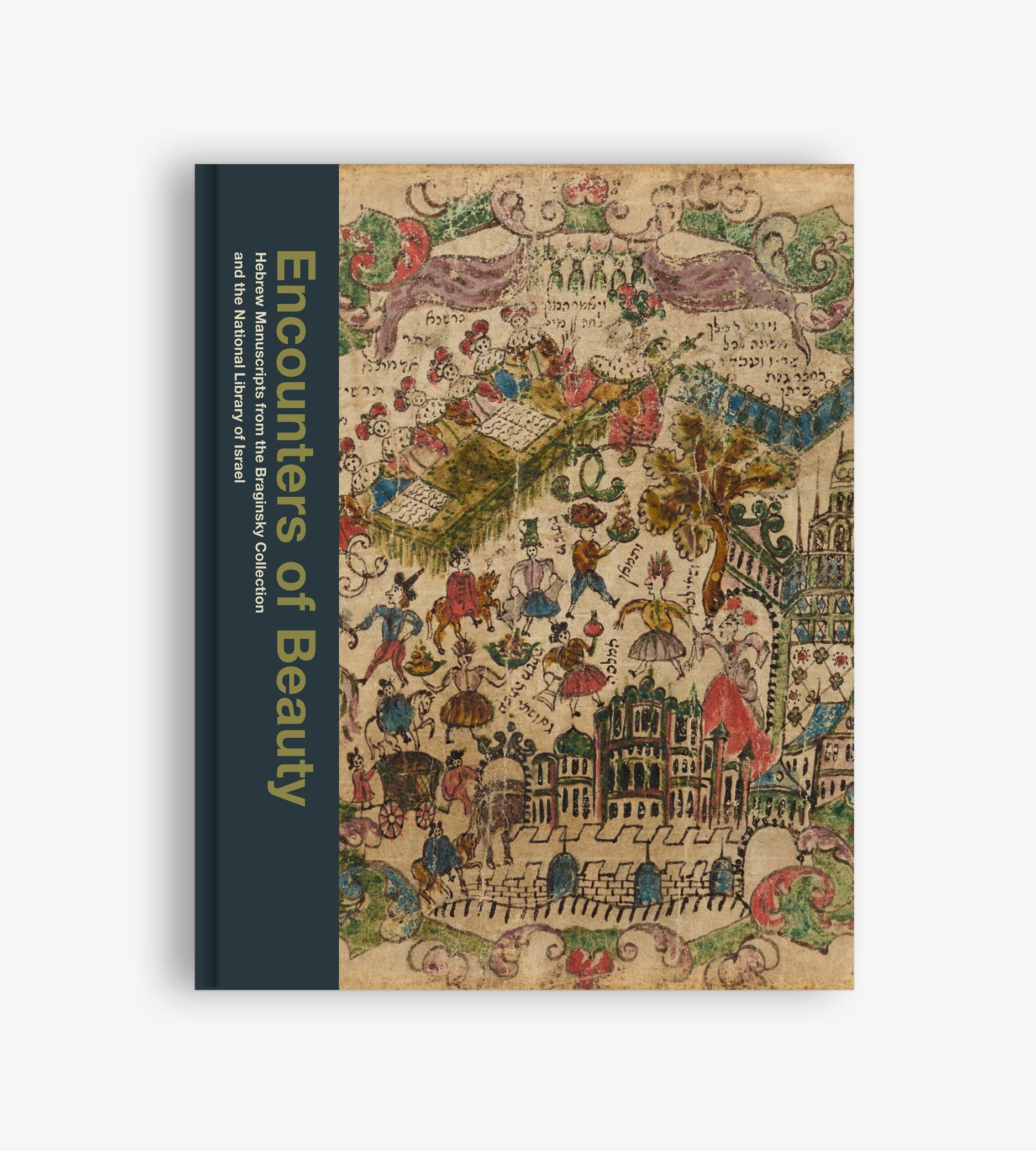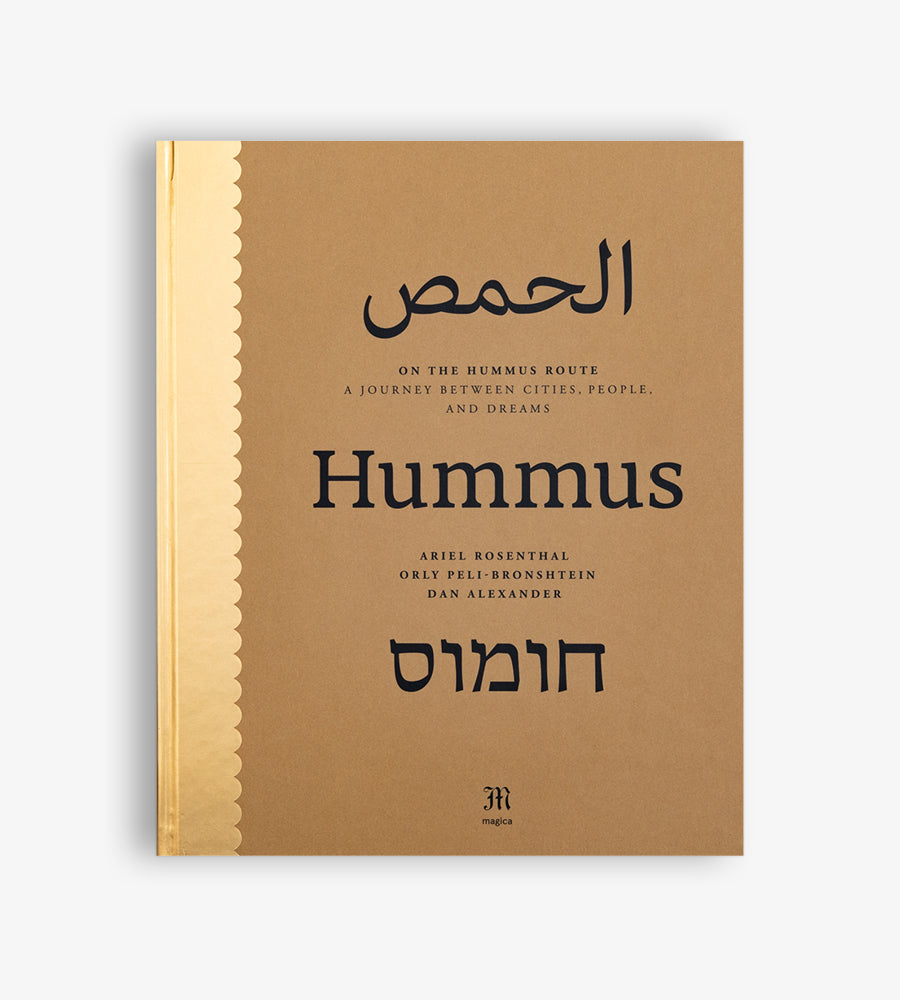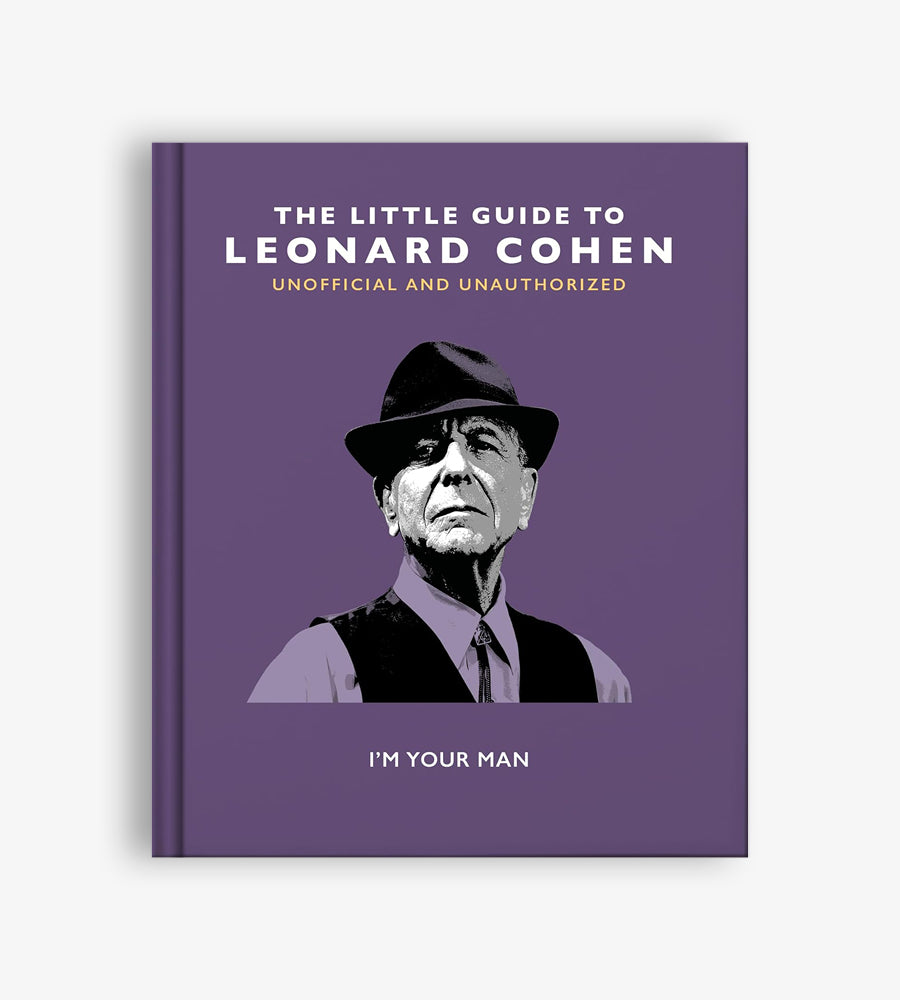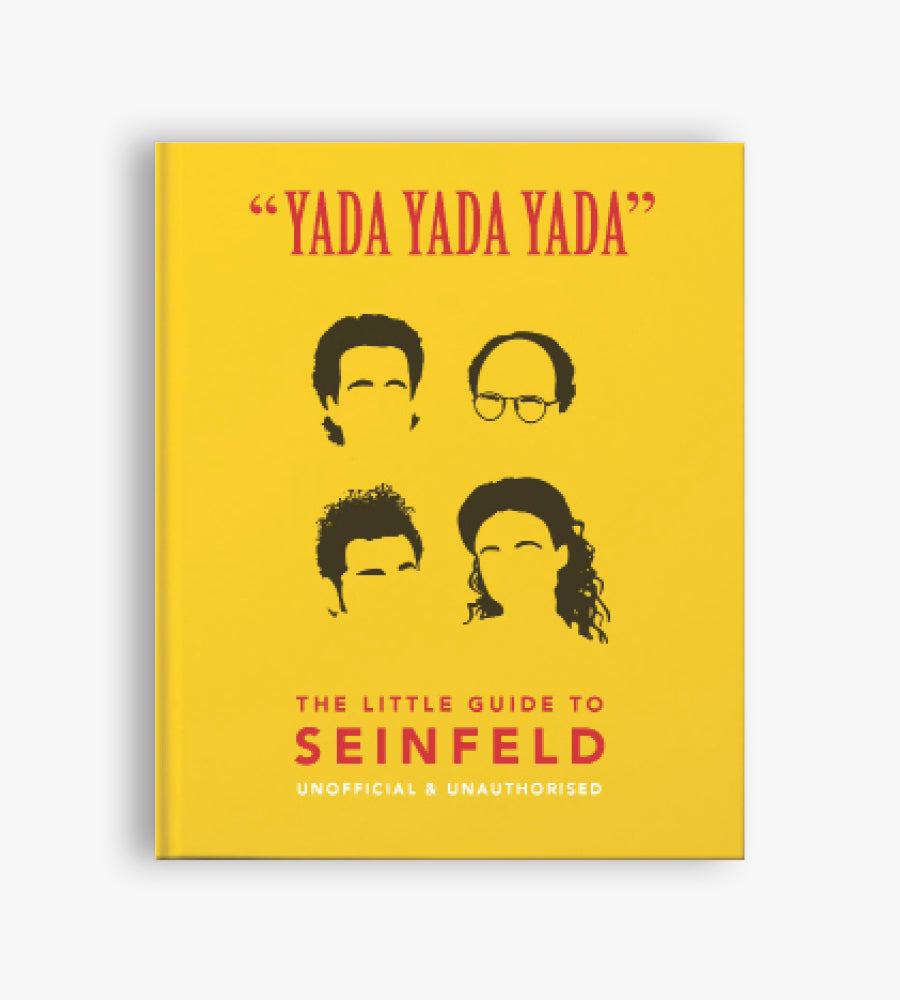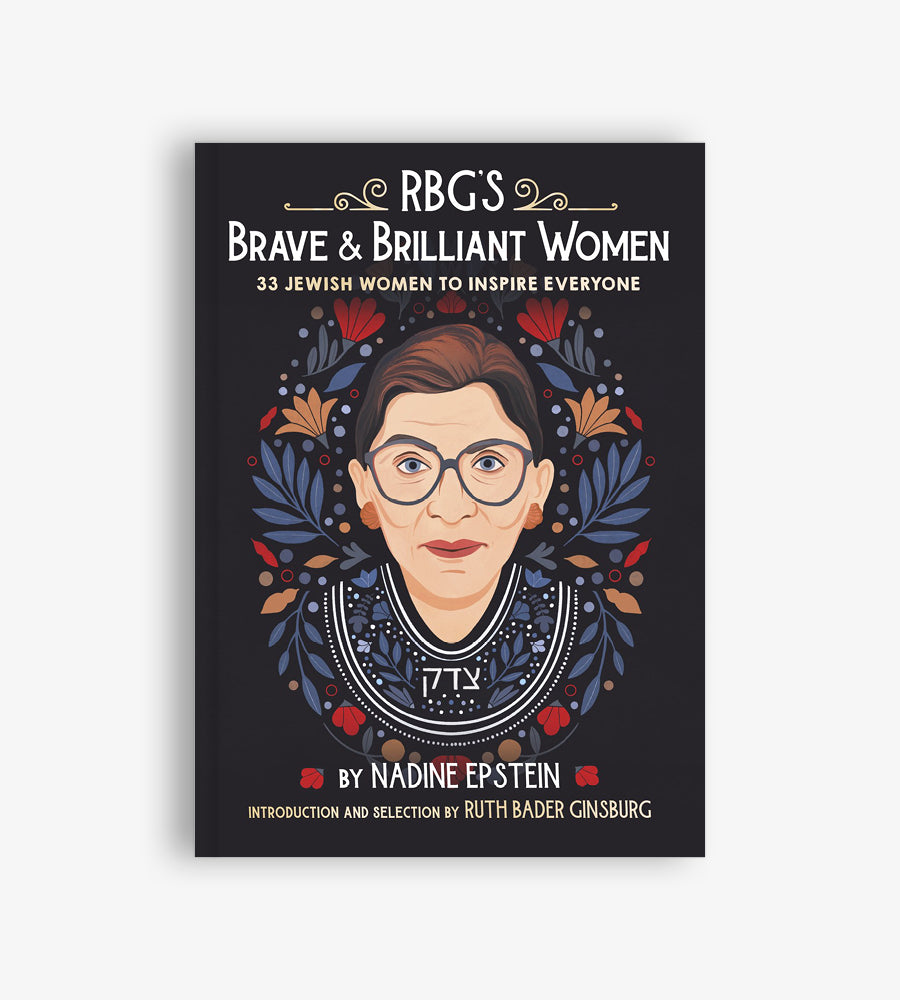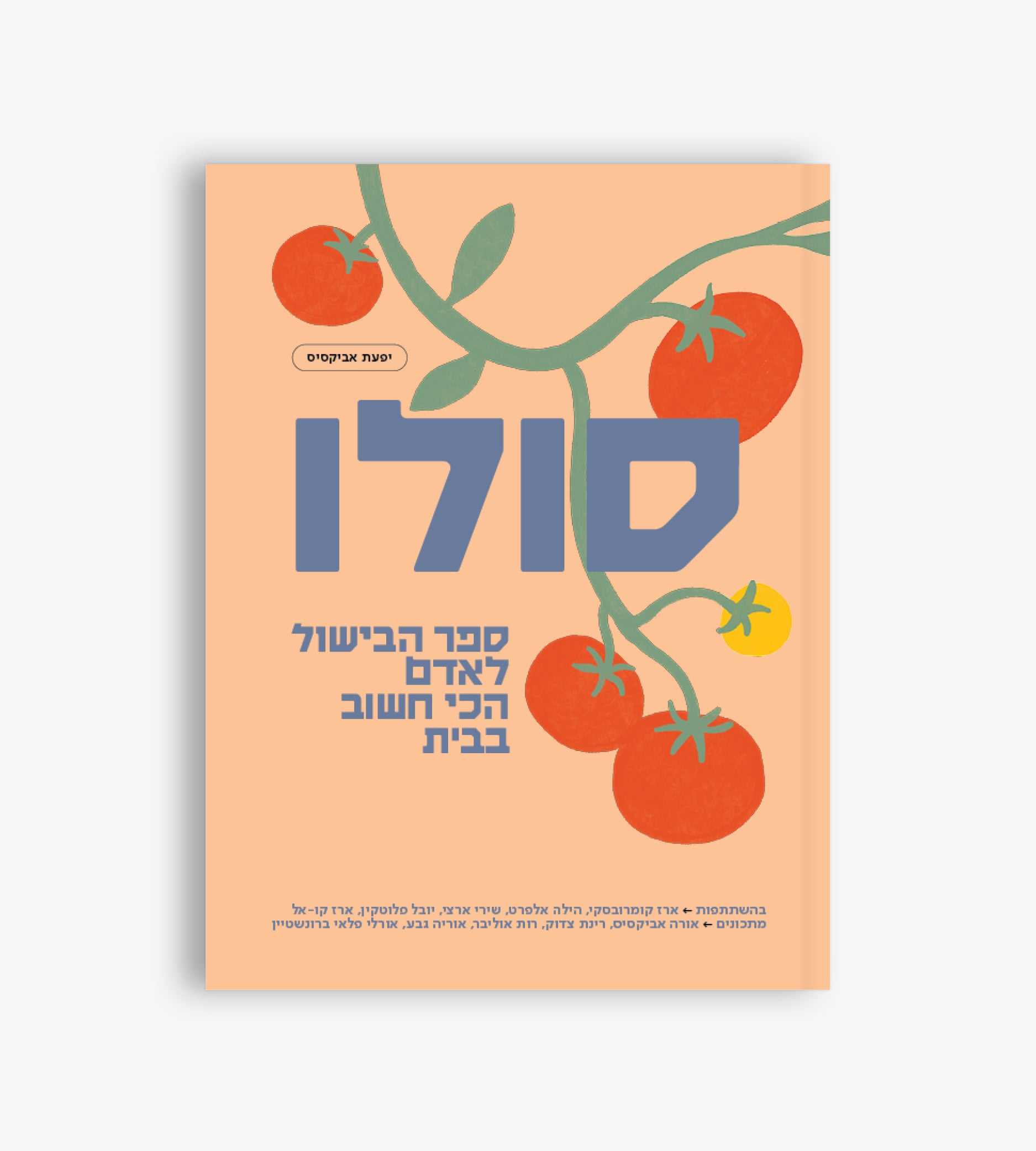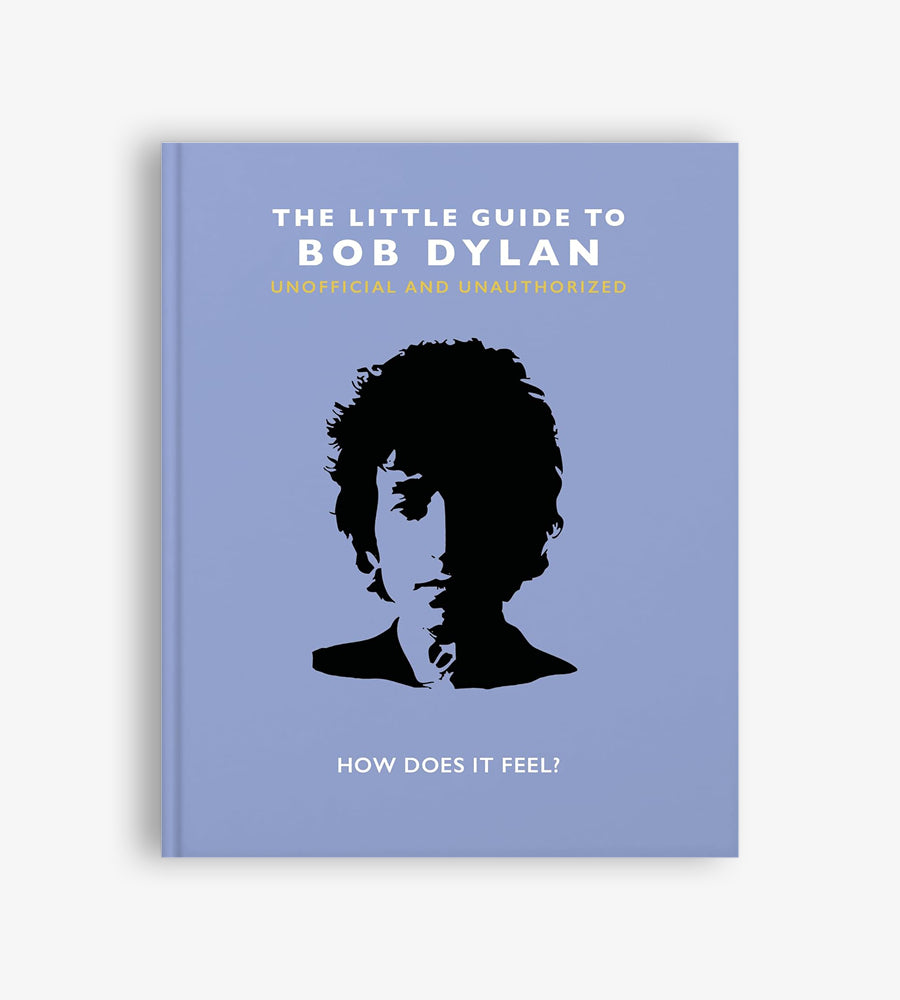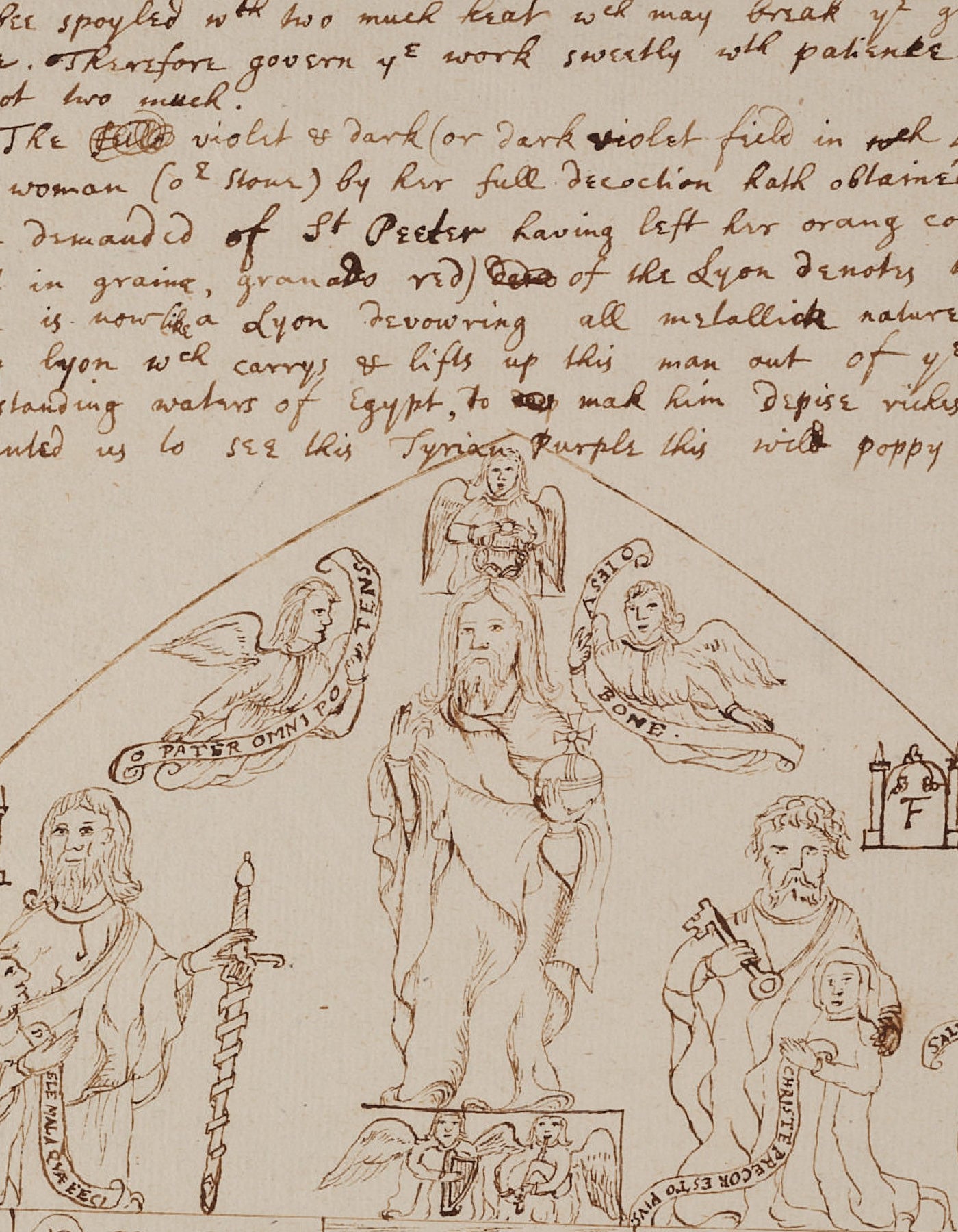
Computing the Sacred
Stefan Litt and Chaya Meier-Herr

In mid-July 1936, two auctions took place simultaneously in London’s two famous auction houses: the sale of an Impressionist art collection at Christie’s and the sale of thousands of papers in Sir Isaac Newton’s own handwriting at Sotheby’s. The art auction attracted the most interest, with only a few connoisseurs attending the Newton auction. This lack of interest mirrored the common understanding of Newton’s role in the history of knowledge: he was regarded, first and foremost, as one of the greatest figures in the history of science. According to intellectual models of the late nineteenth and early twentieth centuries, fields of knowledge such as theology, alchemy, and history were inconsistent with the pure sciences, and Newton’s strong interest in them “distorted” his image as a highly esteemed scientist.
Newton (1642–1726) was, in fact, a deeply religious man. He believed the Bible to be of divine origin and to contain the true teachings of God, if interpreted properly. He was extremely literate in the humanities and studied Hebrew and Greek in order to read the Bible and its commentaries in the original languages. His religious studies brought him to the discovery of what he believed to be the true and original Noahide religion consisting of just two commandments: the love of God and the love of one’s neighbor.
Newton could not reveal his religious beliefs in public for fear of being dismissed from his position as chair of mathematics at the University of Cambridge. They have, however, been preserved in his theological manuscripts, which contain extensive studies of the measurements and dimensions of the Temple of Solomon. Newton developed an innovative theory about the length of the biblical cubit based on the Hebrew Bible, Talmudic texts, and a wide variety of ancient Near-Eastern sources. Based on these historical documents, he also estimated when the End of the Days might take place and attempted to correct commonly used calendar calculations. The almost total neglect of these manuscripts throughout the nineteenth and early twentieth centuries concealed Newton’s broad interests and holistic understanding of nature and humanity.
However, there were two men present at the Sotheby’s auction in 1936 who
understood perfectly the complexity of Newton’s world and bought almost everything that was on sale: the British economist John Meynard Keynes purchased the papers in the field of alchemy, while the Jerusalem-born scholar and collector Abraham Shalom Yahuda acquired the papers in history and theology. After enjoying their purchases privately for a while, both men donated their share of the Newton papers to their countries of birth.


